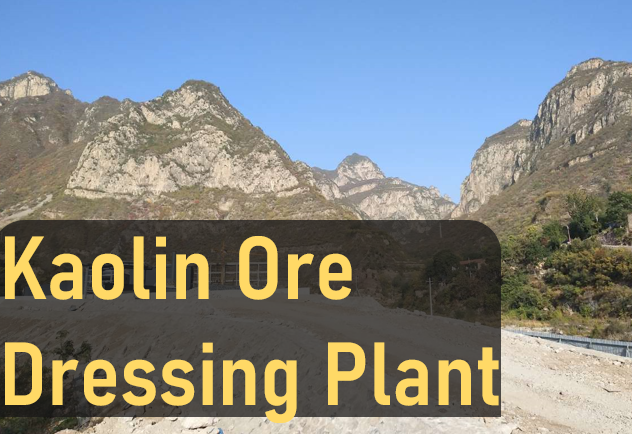Kaolin Ore Dressing Plant
2024-08-08 Xinhai (1574)
2024-08-08 Xinhai (1574)
If you have any questions, please contact us through the following ways, we will give you more and better assistance!

Kaolin, known as kaolinite in mineralogy, is a non-metallic mineral composed of kaolinite family minerals, which is widely used in ceramics, papermaking, coatings, medicine and other fields. Due to its unique physical and chemical properties, kaolin is known as the "universal ore" in the industry.
The ore dressing process of kaolin is a key step to ensure the quality of its industrial application. Since kaolin may contain impurities such as quartz, feldspar, mica, iron and titanium, these harmful impurities need to be removed through the ore dressing process. The ore dressing process mainly includes two methods: dry and wet, involving steps such as washing and sand removal, scrubbing, classification, gravity separation, magnetic separation and flotation.

Washing and sand removal is the first step in ore dressing. Impurities on the surface of kaolin are removed through mechanical auxiliary equipment such as drum ore washing machine or spiral sand washing machine. During the washing process, the addition of dispersant helps to fully disperse the minerals and water, preparing for subsequent processes. The classification operation separates the mineral particles according to the size or density difference through equipment such as hydrocyclones or spiral classifiers.
The gravity separation process uses the density difference between minerals and gangue to remove coarse quartz and other impurity minerals. The magnetic separation step uses the magnetic difference of minerals to remove iron-titanium minerals through a strong magnetic separator. The flotation process separates impurity minerals from kaolin by adding flotation agents to achieve the purpose of purification.
A complete kaolin processing plant includes feeders, conveyors, washers, screening equipment, hydrocyclones, thickeners and filter presses. The raw materials are evenly fed into the conveyor through the feeder, and after washing and screening, waste rocks and impurities are removed. The concentrate is further dehydrated and concentrated by the dewatering screen and hydrocyclone, and finally dehydrated by the filter press to obtain a dry kaolin product.
Through this series of process steps, kaolin is deeply purified and refined to meet the high standards of industrial applications. With the continuous advancement of technology, the kaolin beneficiation process is also being continuously optimized to improve efficiency, reduce costs, and reduce environmental impact.